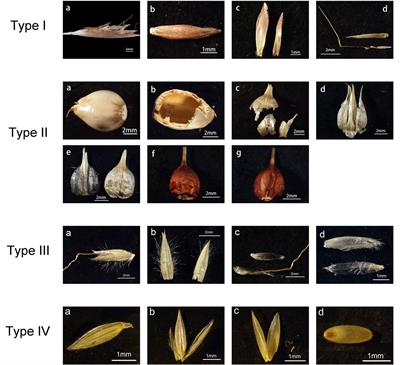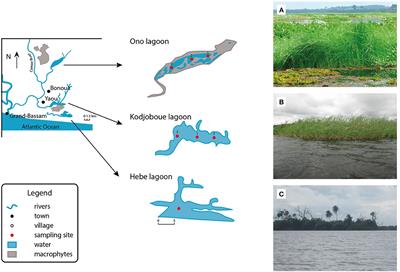EDITORIAL
Published on 17 Apr 2020
Editorial: Frontiers in Phytolith Research
doi 10.3389/fpls.2020.00454
- 2,842 views
- 11 citations
20k
Total downloads
110k
Total views and downloads
EDITORIAL
Published on 17 Apr 2020
ORIGINAL RESEARCH
Published on 20 Feb 2020

ORIGINAL RESEARCH
Published on 18 Feb 2020

ORIGINAL RESEARCH
Published on 11 Dec 2019
ORIGINAL RESEARCH
Published on 17 Oct 2019
REVIEW
Published on 16 Oct 2019
ORIGINAL RESEARCH
Published on 26 Sep 2019

ORIGINAL RESEARCH
Published on 11 Sep 2019
ORIGINAL RESEARCH
Published on 22 Aug 2019
ORIGINAL RESEARCH
Published on 13 Aug 2019

HYPOTHESIS AND THEORY
Published on 02 Jul 2019

ORIGINAL RESEARCH
Published on 24 May 2019

